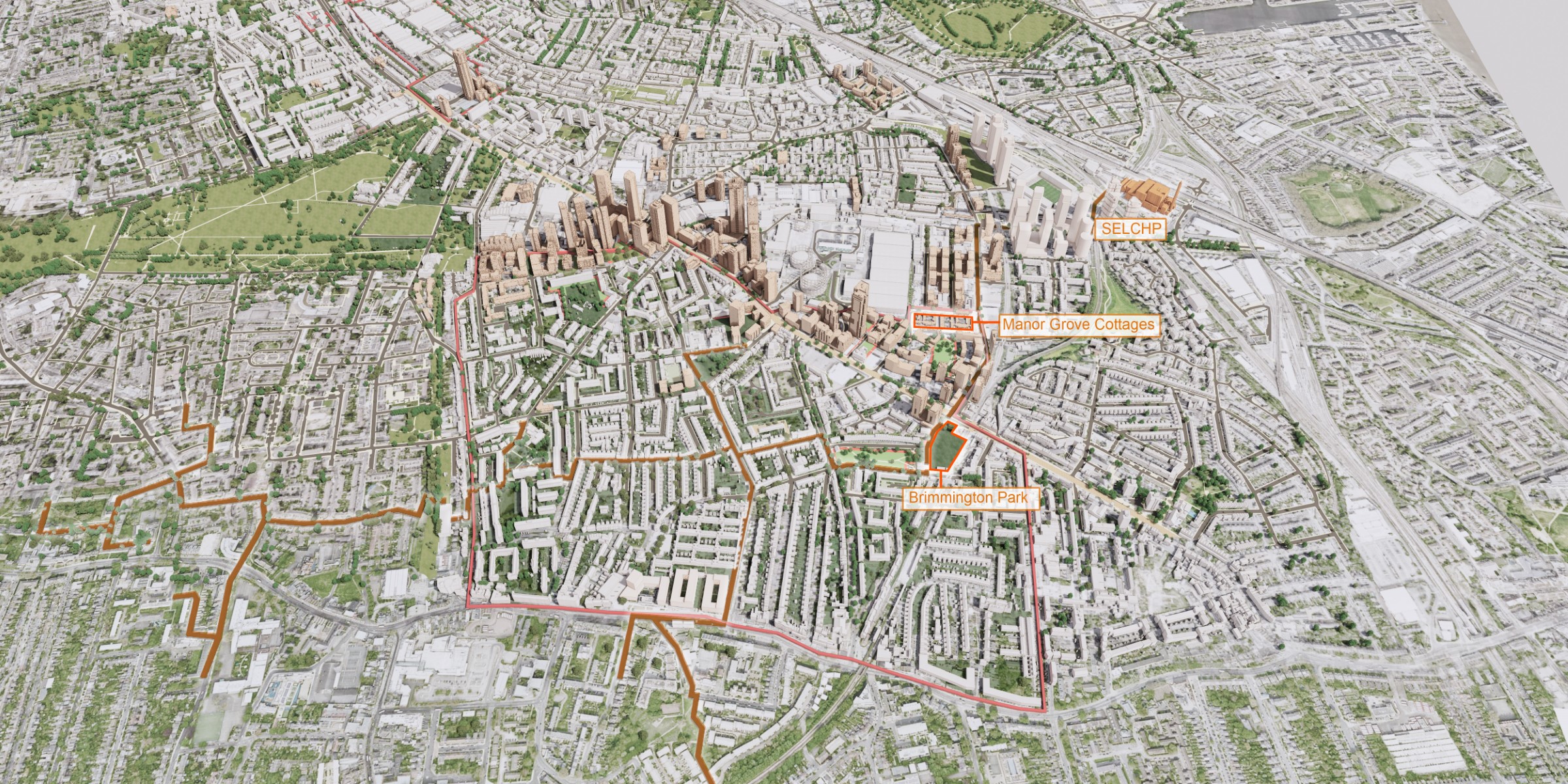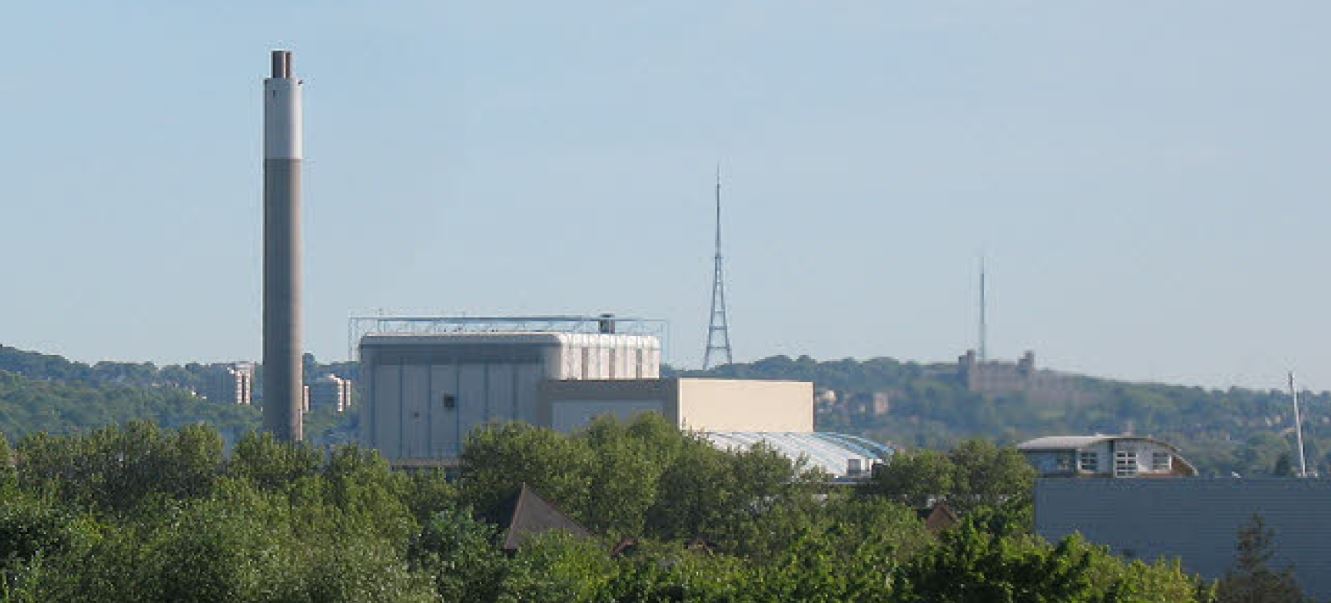This website uses cookies so that we can provide you with the best user experience possible. Cookie information is stored in your browser and performs functions such as recognising you when you return to our website and helping our team to understand which sections of the website you find most interesting and useful.
District Heating
In 2013, Southwark Council and Veolia agreed to construct a district heating network (DHN) connecting the South East London Combined Heat and Power (SELCHP) plant with four council estates in Bermondsey.
Providing “heat from waste”, the DHN provides low-carbon heat – as the waste that SELCHP burns is considered a renewable energy source. Moreover, heat supplied by the DHN is cheaper than gas heating, helping reduce fuel poverty.
The DHN now supplies heat to around 2,500 homes, cutting CO2 emissions by around 7,700 tonnes per year and also significantly reducing NOX gases.
The council and Veolia now plan to extend the network further to Old Kent Road and Peckham.
The extension would connect roughly 2,000 homes on council estates and up to 2,600 new homes in the FN2030 area. If the proposals are approved, construction will start in autumn 2023.
Retrofitting
The council also plans to retrofit council buildings; installing better insulation and low-carbon heating in place gas.
Projects within the FN2030 area include:
- Refurbishing the existing sports hub building in Brimmington Park, including installation of an air-source heat pump or connection to district heating; photo-voltaic (PV) panels; rainwater harvesting and a green roof.
- Refurbishing 18 council homes on Manor Grove (on the Tustin Estate). Improvements will include cavity wall insulation; new windows; connection to district heating and installation of PV panels. This would reduce their carbon emissions by 89 per cent.
- Exploring the potential to retrofit council street properties. By improving the fabric of the buildings to improve insulation and installing heat pumps or connecting to district heating, the council estimates it could save 3.8 tonnes of CO2 per property, annually.
Impact
- 38,000 tonnes of CO2 saved by 2030 through district heating (a saving of 69 per cent over the current use of gas boilers).
- 194,000 tonnes of CO2 saved over the 25-year lifetime of the technology (a saving of 91 per cent).
- 922 tonnes of CO2 saved by 2030 from council retrofit projects





